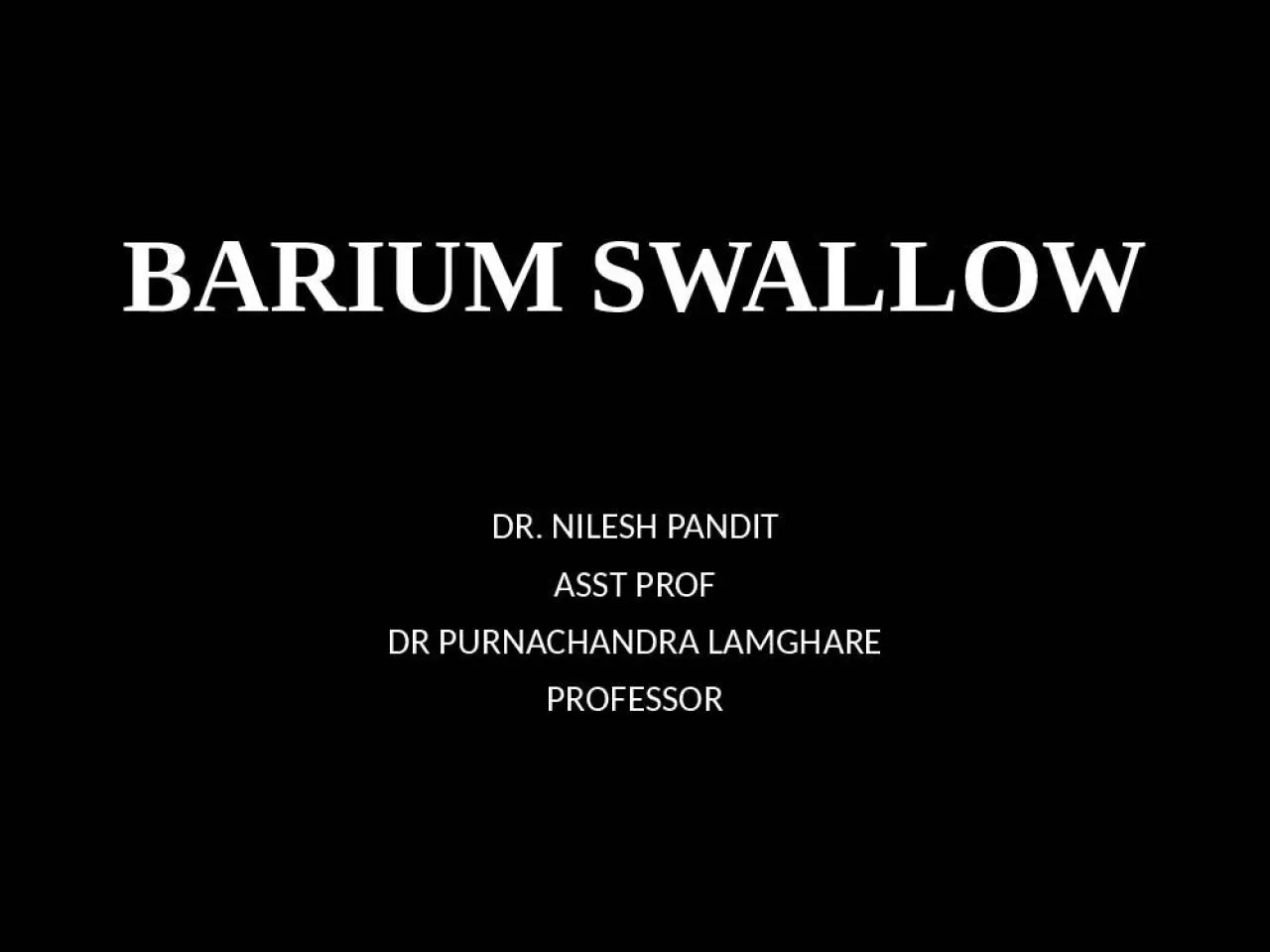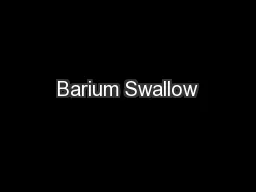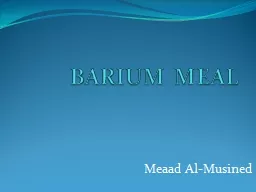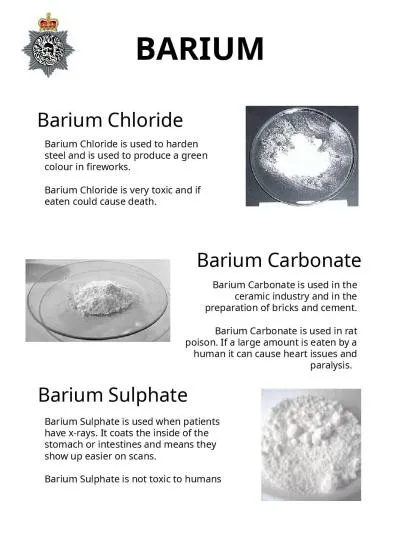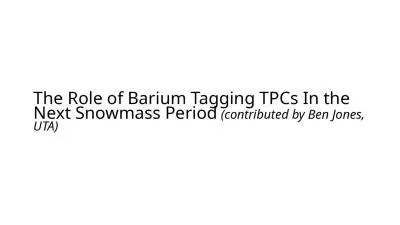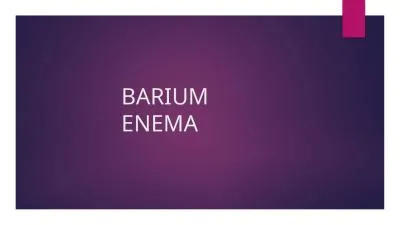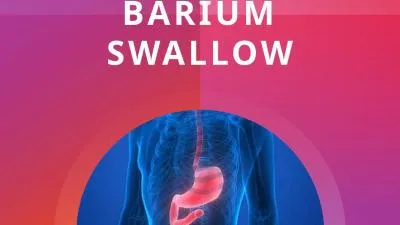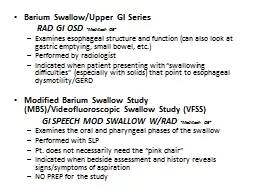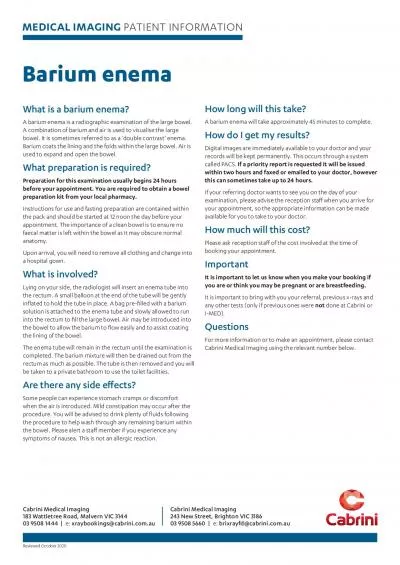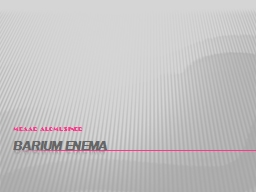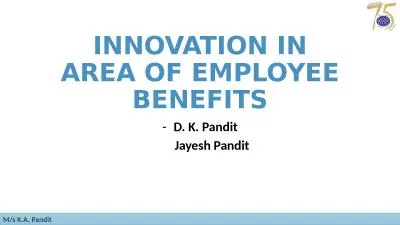PPT-BARIUM SWALLOW DR. NILESH PANDIT
Author : deena | Published Date : 2022-05-31
ASST PROF DR PURNACHANDRA LAMGHARE PROFESSOR Fluoroscopic imaging of the esophagus Evaluation of swallowing Also imaging of the oropharynx and of stomach to some
Presentation Embed Code
Download Presentation
Download Presentation The PPT/PDF document "BARIUM SWALLOW DR. NILESH PANDIT" is the property of its rightful owner. Permission is granted to download and print the materials on this website for personal, non-commercial use only, and to display it on your personal computer provided you do not modify the materials and that you retain all copyright notices contained in the materials. By downloading content from our website, you accept the terms of this agreement.
BARIUM SWALLOW DR. NILESH PANDIT: Transcript
Download Rules Of Document
"BARIUM SWALLOW DR. NILESH PANDIT"The content belongs to its owner. You may download and print it for personal use, without modification, and keep all copyright notices. By downloading, you agree to these terms.
Related Documents

